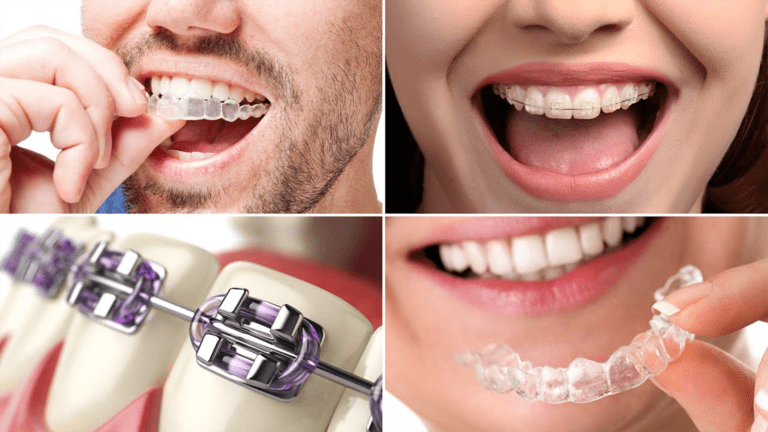Español
Your dentist tells you that you need braces, bringing back not-so-fond childhood memories of what was called a “metal mouth.”
Take heart. Braces have evolved and new alternatives in both appearance and materials are available. The FDA is responsible for reviewing these devices for safety and effectiveness and, as appropriate, granting marketing authorization for the devices before they are sold.
Some common questions
Q: I thought braces were just for kids. Isn’t that right?
A: Not anymore. Orthodontics is a branch of dentistry dedicated to correcting misaligned teeth. According to the American Association of Orthodontists, 1 in 3 orthodontic patients today are adults. So while you may not have worn braces as a child, you may choose to explore teeth straightening as an adult.
Q: Why do I have to wear braces?
A: Simply put, braces will straighten your teeth. Not only will you have a straighter smile, but they will also help you maintain good oral hygiene. Crooked or crowded teeth can be difficult to clean, causing inflamed and infected gums and other forms of dental disease. Wearing braces now can help you maintain healthy teeth and gums down the road.
Q: Should I have a mouth full of metal?
A: Your dentist or orthodontist should make this determination based on your dental exam. Traditional braces can consist of metal, plastic or ceramic brackets and can be colored to match the color of your teeth. And if you’re feeling expressive, the rubber bands that connect the brackets come in different colors.
Additionally, there are now alternatives called dental aligners that are clean and removable. However, they may not work for everyone’s teeth. Ask your dentist or orthodontist if they are right for you.
Q: How do traditional braces work?
A: Braces move teeth by applying pressure and usually consist of small metal, ceramic, or plastic brackets that are cemented to your teeth, connected by a wire, and held in place by rubber bands. The wire is regularly tightened by the dentist or orthodontist, gradually shifting your teeth and jaw.
Q: How do clear aligners work?
A: Aligners are made of a clear plastic material and are worn over your teeth to straighten them. You will receive a set of custom aligners and wear each one for 1-2 weeks as directed by your dentist or orthodontist. This stage of treatment can last from six to 18 months. In the next stage of treatment, you will wear a retainer, also as directed by your dentist or orthodontist. In this way, your teeth are gradually moved into the correct position according to your personal treatment plan.
Aligners are removable and should be removed before eating, brushing and flossing, allowing you to maintain good oral hygiene. Because they are removable, you need to make sure you follow your dentist or orthodontist’s instructions on how long to wear them each day, usually around 22 hours a day. After the alignment treatment is completed, your dentist or orthodontist will instruct you on using a retainer to maintain the orthodontic treatment.
Q: How long will I have to wear braces?
A: This depends on how much teeth straightening your dentist or orthodontist thinks you need. The average treatment time is two years. it may take more time or less.
There really is no “faster” method of straightening teeth. Orthodontics works by applying slow pressure that affects the bone surrounding a tooth to allow it to move. If the movement is too fast, tooth loss or bone splitting can occur.
Q: It is not difficult to clean the teeth when you have metal braces?
A: Yes. It’s easy for food to stick to braces, so you should be extra careful to keep your teeth clean and free of food particles. Not cleaning your teeth thoroughly can cause cavities, swollen or bleeding gums and can affect your overall oral health. Your dentist or orthodontist may recommend more frequent dental cleanings to maintain good oral hygiene while wearing your braces, rather than the usual twice a year.
Q: Now my orthodontist says I have to wear a retainer. For what reason?
A: Retainers, worn nightly after you’re done with braces, help hold the teeth in position so the bone in the tooth can solidify into the new position.
Q: Are there certain types of food I should avoid eating when I have braces?
A: Yes. You should avoid eating anything chewy or sticky, such as gummy bears or chewing gum, and you should try not to eat hard candies or popcorn, as these can damage the braces and extend the time you have to wear them.


